The lipstick looks nice on your face, but it’s a very different story if it lands on your clothes.
It’s a very normal thing to happen: Either you smudge a smooth on your scarf or cloth, or you end up kissing the collar of your friend’s shirt.
The combination of intense pigments and moisturizing components on lipstick leaves one of the most difficult marks to clean on your garments. I have highlighted the best methods and solutions you can use to clear such a mess effectively.
In short, the best way to remove lipstick from clothes is by using laundry detergent to pretreat the stains, then doing a normal wash.
Read my eight simple methods for removing lipstick from clothes at home by tapping here, or scroll down to learn more about why lipstick sticks to your clothes.
What makes lipstick stain clothes?
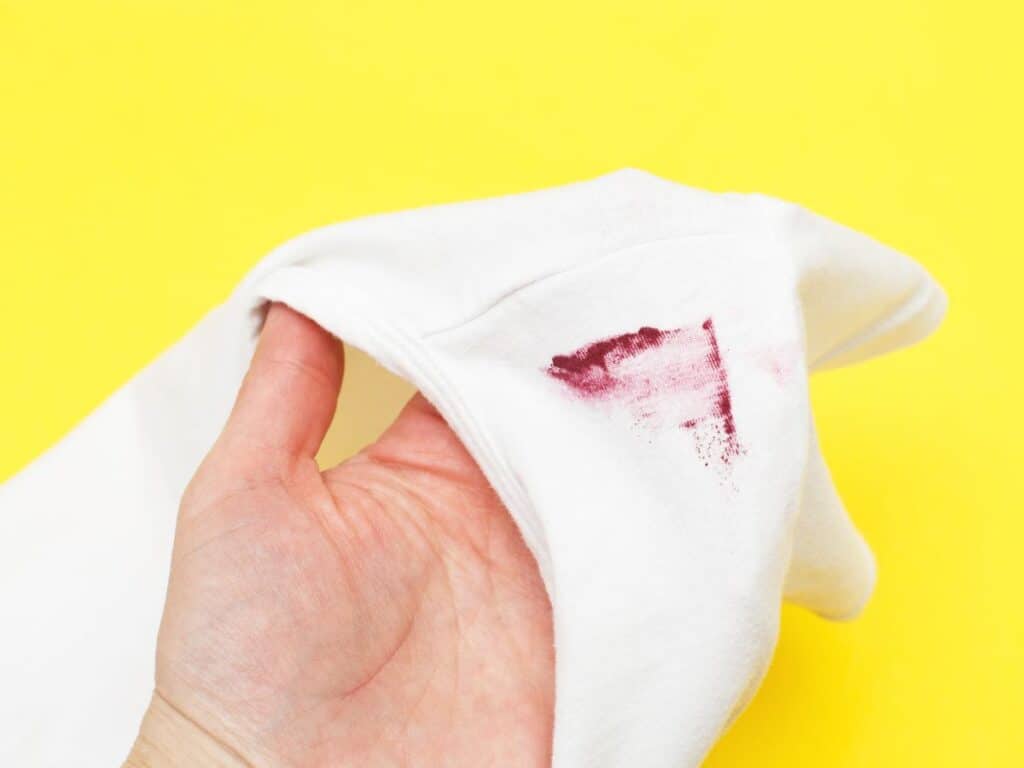
Why is it that a product that washes off with a cleaning remains so persistent on your fabrics? The stratum corneum, a protective covering on your lips that functions as a barrier between the deepest regions of your skin and anything in your environment that comes into contact with them, is the reason for this (including lipstick).
Fabrics lack that protection unless they’ve been treated with stain-resistant chemicals, so if you unintentionally smudge the cuff of your sleeve against your mouth, that stunning, vibrant pink that gives you the perfect pout penetrates deep into fabric fibers, staining it.
A fabric stain can be traced back to the chemicals that make up your beloved petal pink. Lipsticks are usually made up of three primary ingredients:
1. Waxes.
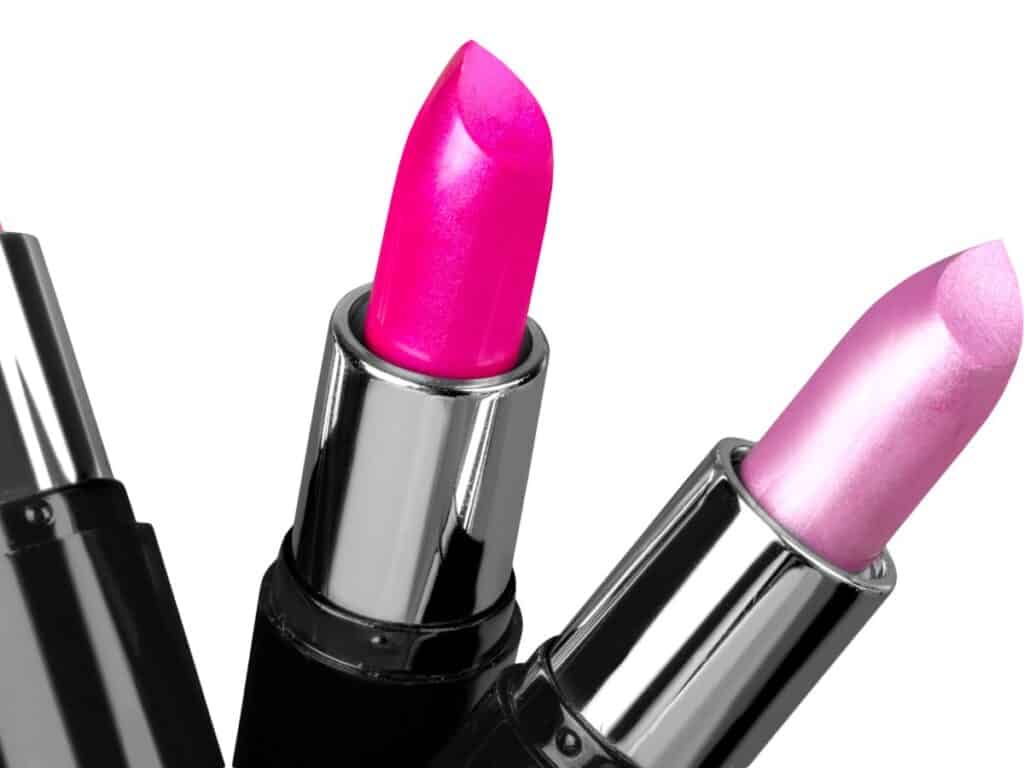
Waxes are used in lipsticks to make them smooth and easy to apply. Many lipsticks contain a combination of synthetic waxes and coloring (such as paraffin or microcrystalline, both of which are sourced from petroleum), which might result in a more severe stain.
Lipsticks containing naturally derived wax mixes (such as beeswax, carnauba wax, and candelilla wax) produce a stain that is usually easier to remove from clothes.
2. Oils.

Lipstick’s oil content is designed to nourish and moisturize your lips. Although your lips have a similar structure to the rest of your body’s skin, they lack sebaceous glands, so it’s up to your products to keep them hydrated.
Some oils leave a darker mark on your clothes than others. Mineral oil, for example, is a petroleum derivative that can be difficult to remove from clothing.
Seed and fruit extracted oils, such as jojoba and castor, are less intrusive to your clothes and more hydrating than petroleum-based oils.
3. Pigments.
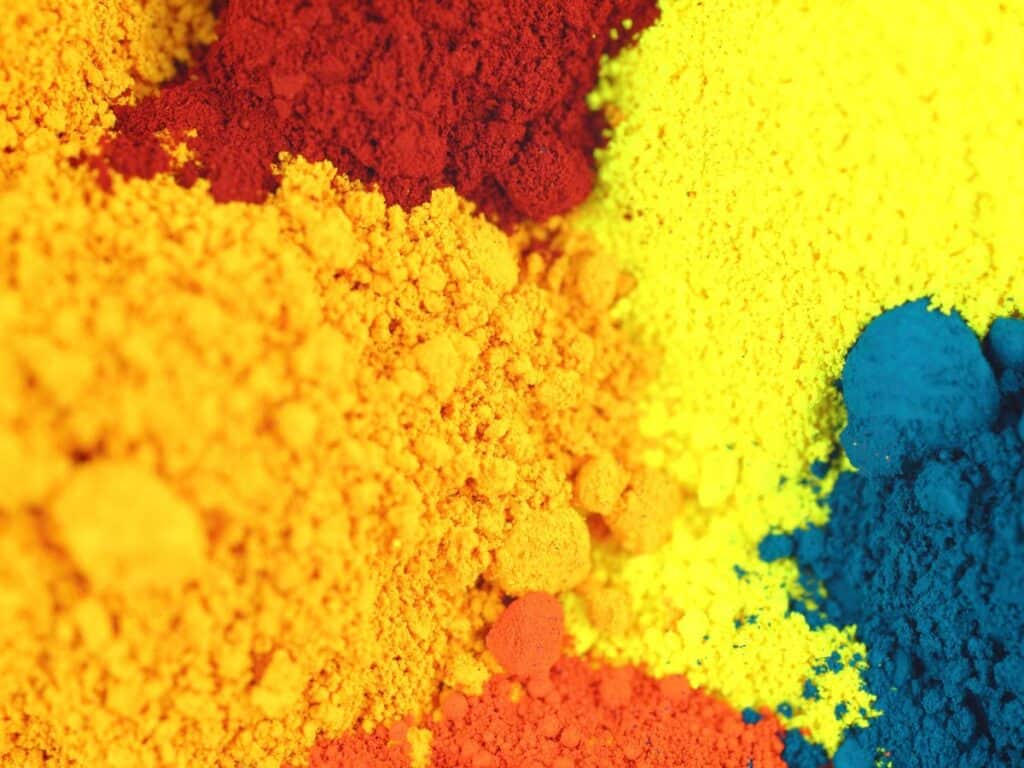
What factors influence your choice of color? The specific pigment blends included in your lipsticks are your favorite color. Synthetic colors sourced from coal tar (typically designated as FD&C or D&C in the product ingredient list) to mineral pigments and food-grade dyes found in higher-quality products are included in these mixtures.
Synthetic colors might be difficult to remove at times.
Each of these components has the potential to stain your clothes or, at the absolute least, the inside of your favorite cloth masks. Try these lipstick stain-removing treatments from the pros before discarding the clothing or repurposing it as a cleaning rag.
I also wrote guides on how to remove eyeliner and eyeshadow stains that may interest you.
Best Home Solutions you can use to remove Lipstick Stains From your Clothes.
When removing a lipstick stain, you should try to utilize a treatment that targets one of the three main problematic elements.
Because most lipsticks include all three chemicals, you’ll probably need to use more than one procedure to remove the stain completely. As soon as you see a stain, make sure to treat it. When it comes to stains, time is not on your side.
Wax removal is a must. When it comes to wax removal, solvents are the most effective. A solvent is a substance that can dissolve (and thereby remove) another substance. Water, vinegar, detergent, alcohol, and dish soap are examples of solvents.
Degreasers, oils, and detergents. Degreasers are solvents that are designed to remove oil and grease from surfaces. Even a little detergent or shampoo can be used to degrease lipstick stains.
Pigments. It might be difficult to remove pigments, especially if they are created of synthetic colors. If the pigment remains after using a solvent and degreaser, you may need to use a special oxidant cleaning.
As a side note, you’ll nearly always need to wash the damaged clothing after treating it, so be prepared to throw it in the washer once you’ve tried one of the stain removal strategies listed below.
Additionally, you should avoid treating stains with hot water since this might cause the stain to solidify.
Scrubbing the stain, in most situations, will make it worse and cause it to spread. Remember to dab and blot instead of smearing.
Dish Soap
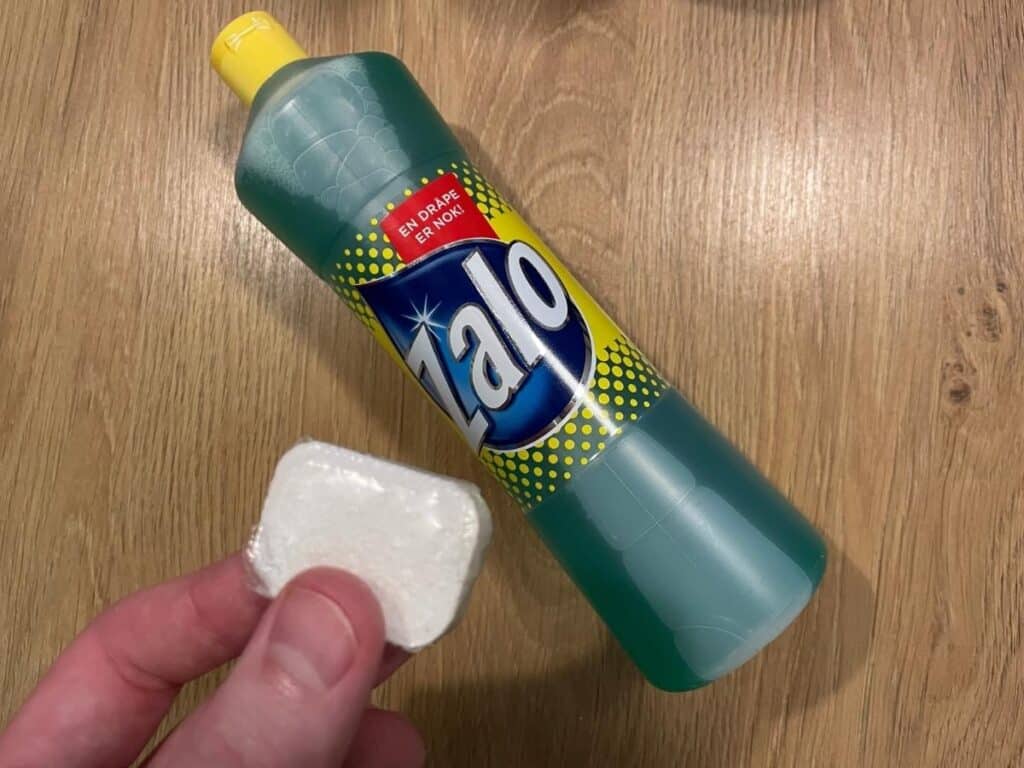
What you will require: A towel, clean paper towels, and clear, mild dish soap or all-purpose cleaner.
Method:
Place your stained clothes on a covered surface.
Allow ten to fifteen minutes for a dime-sized amount of dish liquid to seep into the discoloration.
Turn the clothing over and dab the stain with a clean paper towel (do not rub or scrub).
Why Does It Work? Mild dish soap is an excellent solvent for removing wax and colors from clothing. Dish soap is also efficient at eliminating grease from dishes, making it useful for removing oils from lipstick-stained
Hair Spray
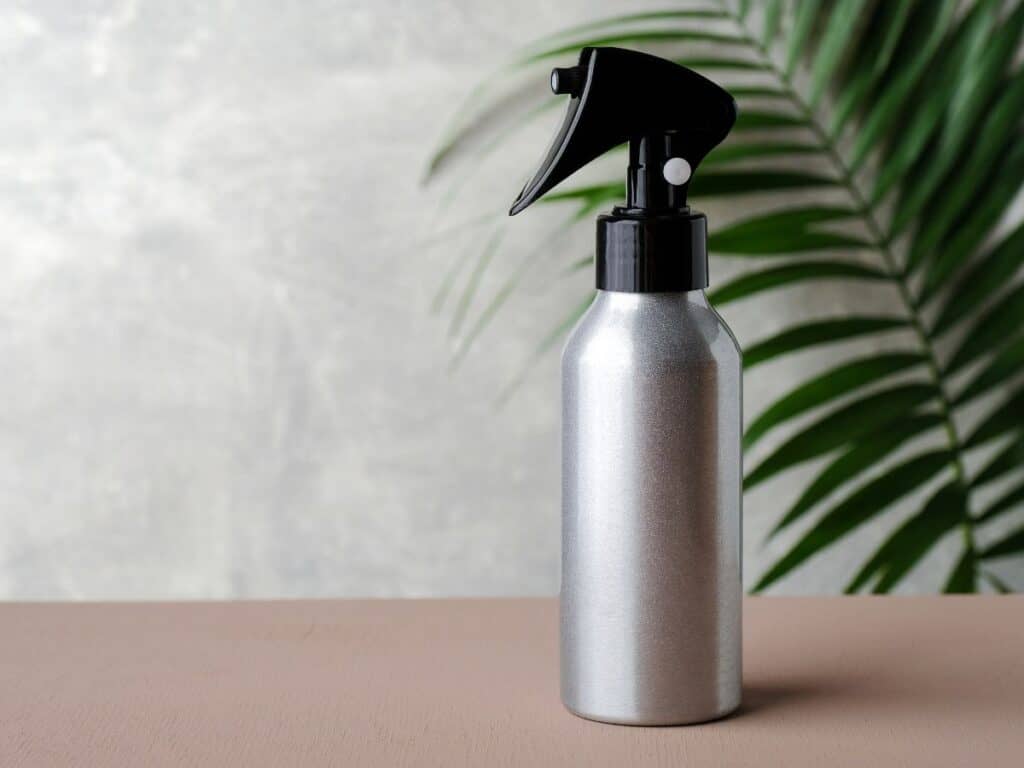
What You’ll Need: Hairspray containing alcohol and clean paper towels.
Method: Spray the stain with hairspray and dab it with a paper towel.
Why Does It Work? If you’re in a hurry and need to remove a stain right away, an alcohol-based hairspray can assist in dissolving the stain. Because alcohol can be damaging to your hair, some hair sprays do not contain it. If your hairspray does not contain alcohol, it will not remove stains.
Rubbing Alcohol
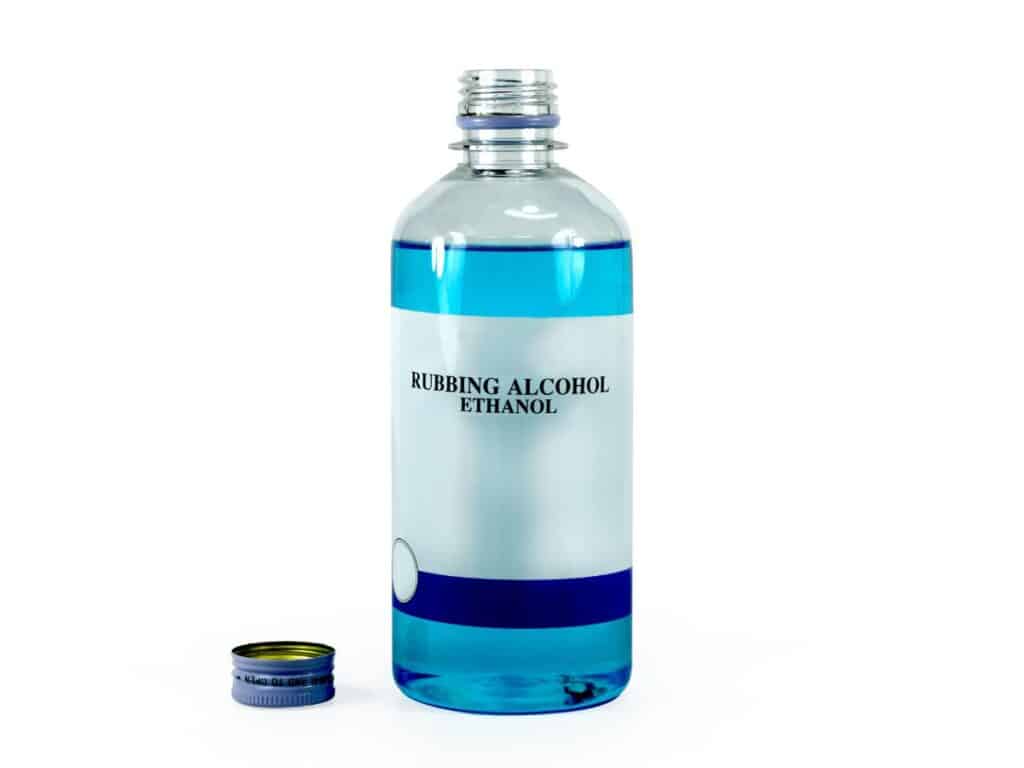
What You’ll Need: Isopropyl alcohol or hand sanitizer if you’re on the run, clean paper towels, or cotton balls.
Blot the alcohol on the stain with a paper towel or cotton ball until it lifts. Apply a little cold water to the stain after that.
Why Does It Work? Alcohol is a solvent for various chemicals and is particularly good at dissolving wax, color, and oil.
Nail Polish Remover (Acetone)
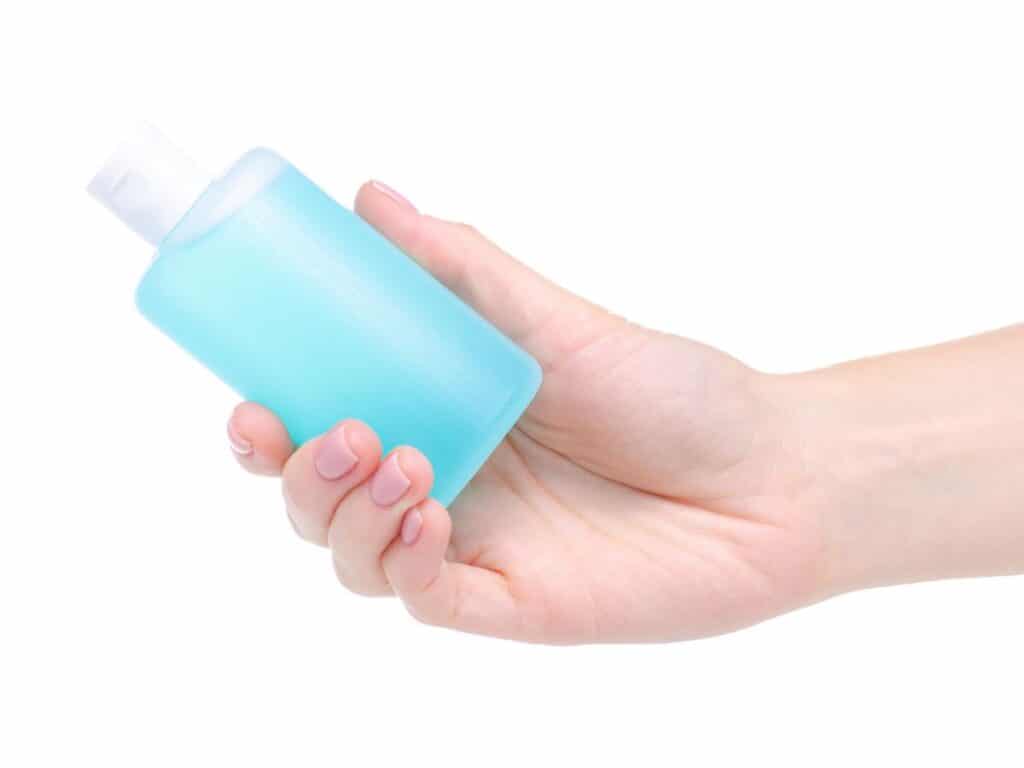
What You’ll Need: Acetone nail paint remover, cotton swabs, a clean toothbrush, and a clean cloth or paper towels.
Apply a little amount of nail polish remover to the spot with a cotton swab. Scrub the stain gently with a clean toothbrush, but don’t scrub too hard. Using a clean cloth or paper towel, blot the area.
Why Does It Work? Acetone is a well-known solvent that can help remove some pigments, but be aware that it can also cause colors to bleed. Furthermore, you should never use nail paint remover on acetate-containing materials. Acetate is present in some synthetic silks and wool materials, so read the label carefully.
Petroleum Jelly
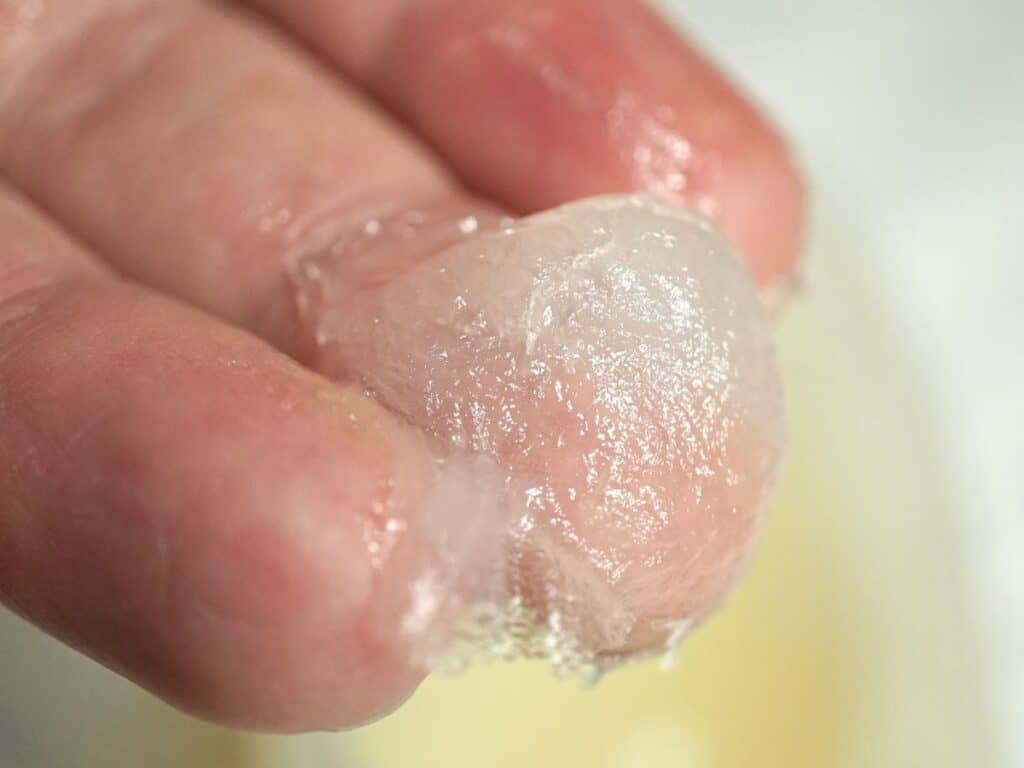
What You’ll Need: Petroleum jelly
Apply a thin layer of petroleum jelly on the spot with your finger, then launder as usual. After you’ve taken the clothing out of the washer, inspect it. Repeat or try an alternative method if the stain is still evident. Drying the clothing in the dryer can cause it to become permanently set.
Why Does It Work? Petroleum jelly is effective at removing pigments from clothing, but be careful not to overuse it because it might leave a difficult-to-remove stain.
Lemon Juice & Baking Soda
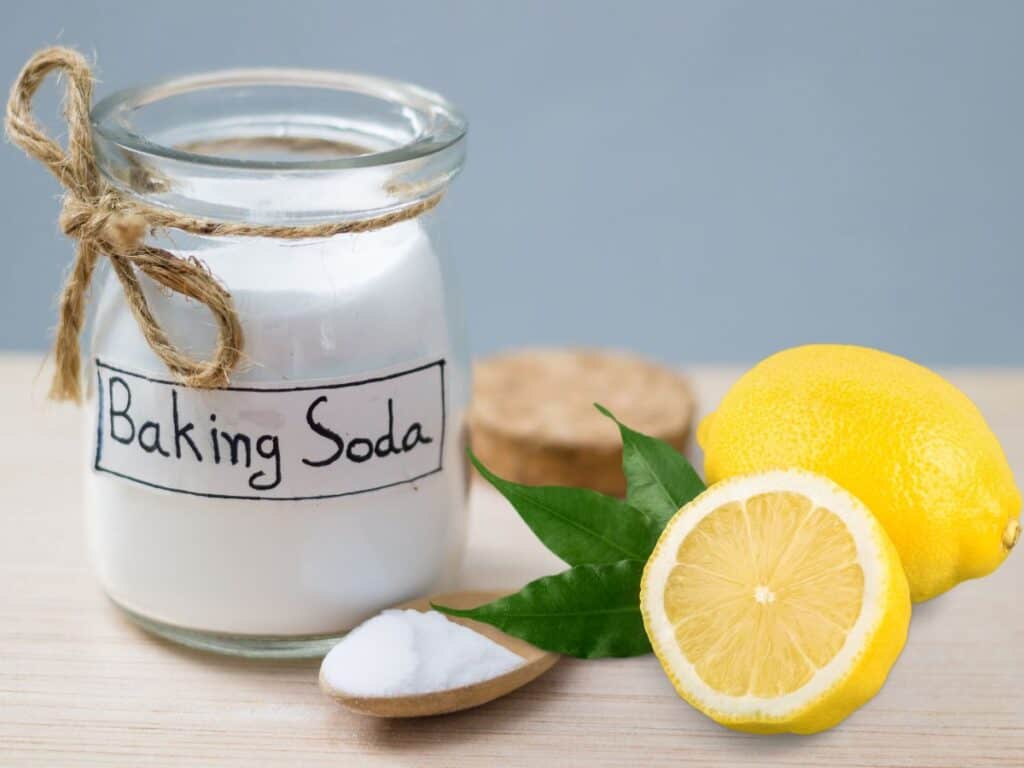
What You’ll Need: A clean cloth, lemon juice, and baking soda
Method: Make a paste by combining lemon juice and baking soda. Allow the paste to settle for half an hour after applying it to the stain. Check to see if the stain has been lifted after a half hour. If not, scrape the stain with a clean, soft-bristled brush (on non-delicate materials).
Why Does It Work? Stains can be removed with the use of lemon juice and baking soda. Lemon juice and baking soda can help if you have a stain you didn’t notice immediately.
Shaving Cream
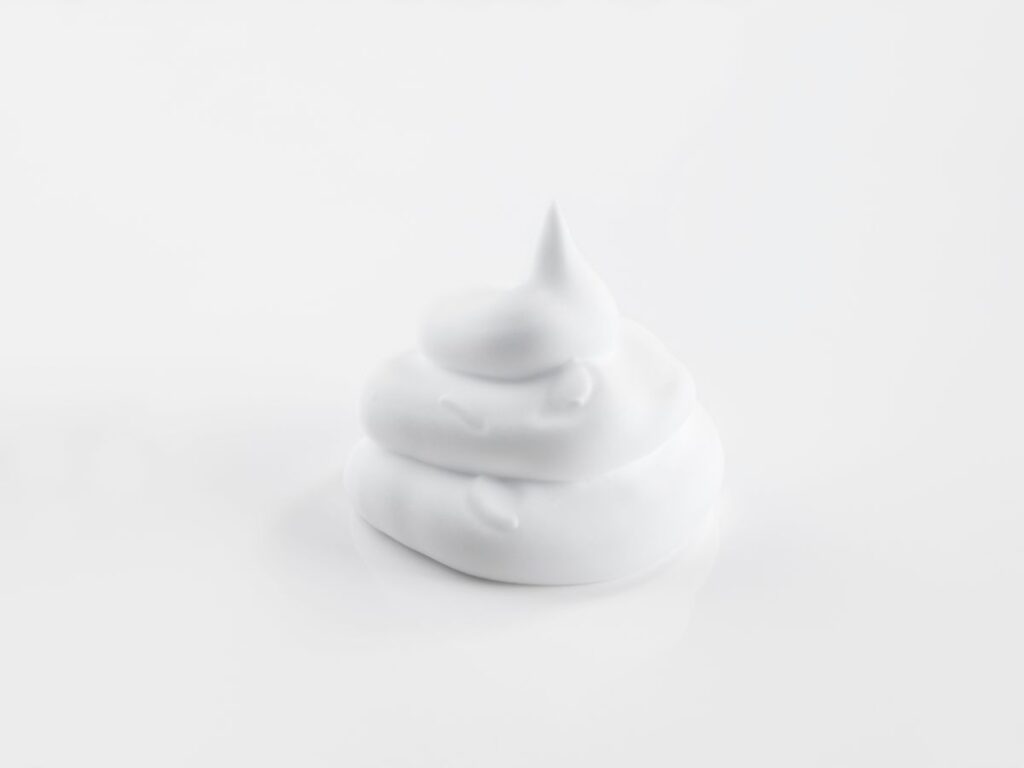
What You’ll Need: Foam-based (not gel) cream.
Approach: This is mostly a pretreatment method for a garment that will most likely be able to be laundered for stain removal. Using shaving cream, dab it on the stain and blot it. As usual, do the laundry.
Why Does It Work? Shaving cream’s soapy solvent elements make it a viable alternative for stain removal, especially if you don’t have dish soap or other solvents on hand.
Use Stain Remover
If the stain persists, employing a stain remover may be all that is required to remove the lipstick. While eco-friendly stain removers are gentler on many fabrics, chemical-based stain removers may work better on deeply ingrained stains.
Always verify the care label directions before using a stain remover, regardless of the option you choose.
How to Remove Lipstick From Clothes After Washing
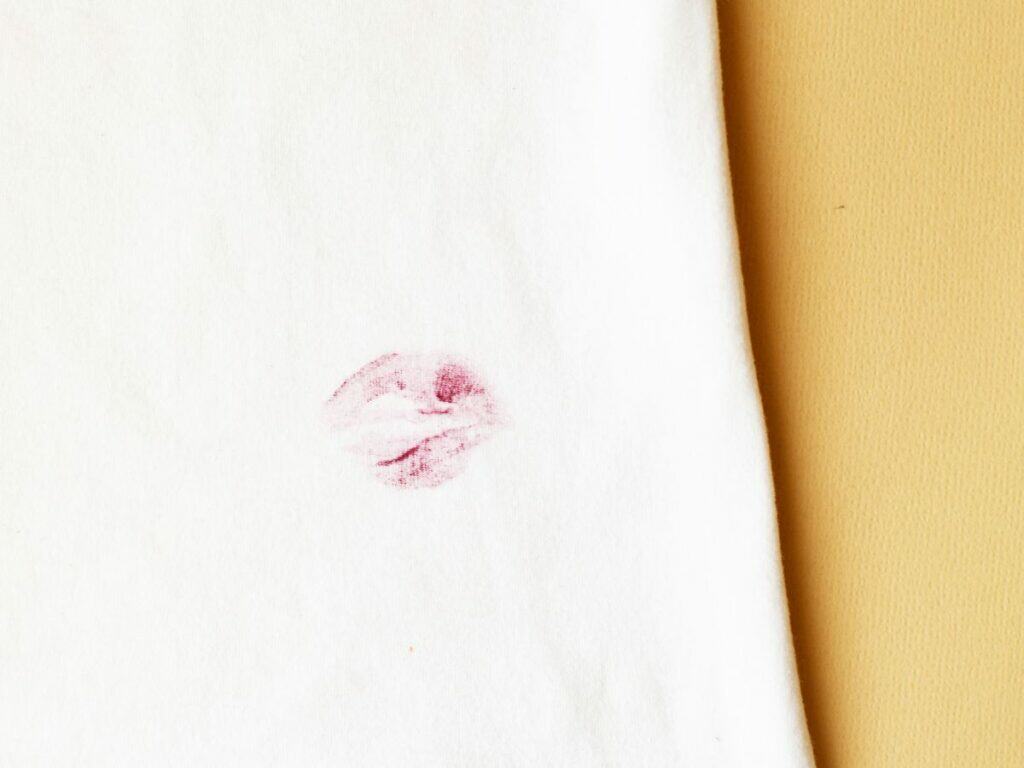
Did you notice lipstick stains on your clothes after washing them? Then we are going to give you the way out. Follow the steps below, and everything is done:
Place the stained cloth on paper towels.
A stain remover may be all that’s needed to get the lipstick out if the stain remains. Chemical-based stain removers may work better on deeply ingrained stains, even though eco-friendly stain removers are kinder on many types of fabrics. Regardless of the choice you choose, always check the care label recommendations before applying a stain remover.
Rinse the stained cloth
Gently rub liquid detergent into the soiled area of the cloth.
Wash the clothing
Examine the area where the stain was carefully before putting the item in the dryer. You may need to repeat this technique 1-2 more times to remove the lipstick stain completely. It’s possible that drying it in the dryer before the stain is fully gone would set the stain and make it permanent.
Note: If the lipstick stain is red or another bright color, it may never entirely come out on a light or white piece of cloth — I know it doesn’t sound good to you, but it’s the truth.
Also, remember to wipe out your washing machine before you start a new load of laundry, or you’ll end up transferring more lipstick from the inside of the machine to your new garments.
Before washing any additional clothing in the machine, run an empty hot soapy load through it after wiping it down.
Final words
You must have realized that removing lipstick stains is not a walk in the park. However, with the above methods, you don’t have to worry anymore. Make sure you follow the given guidelines correctly to have the stain removed completely. Share this guide with your friends if you found it helpful.
Next, you can check out my complete guide to removing all makeup stains.

I’m an expert wardrobe organizer and a bit of a clean freak. I created this website and its YouTube channel to share practical guides about laundry and organizing. My teachings have been featured in multiple large news publications, and I’ve self-published two wardrobe organizing books and an entire course on the subject.

